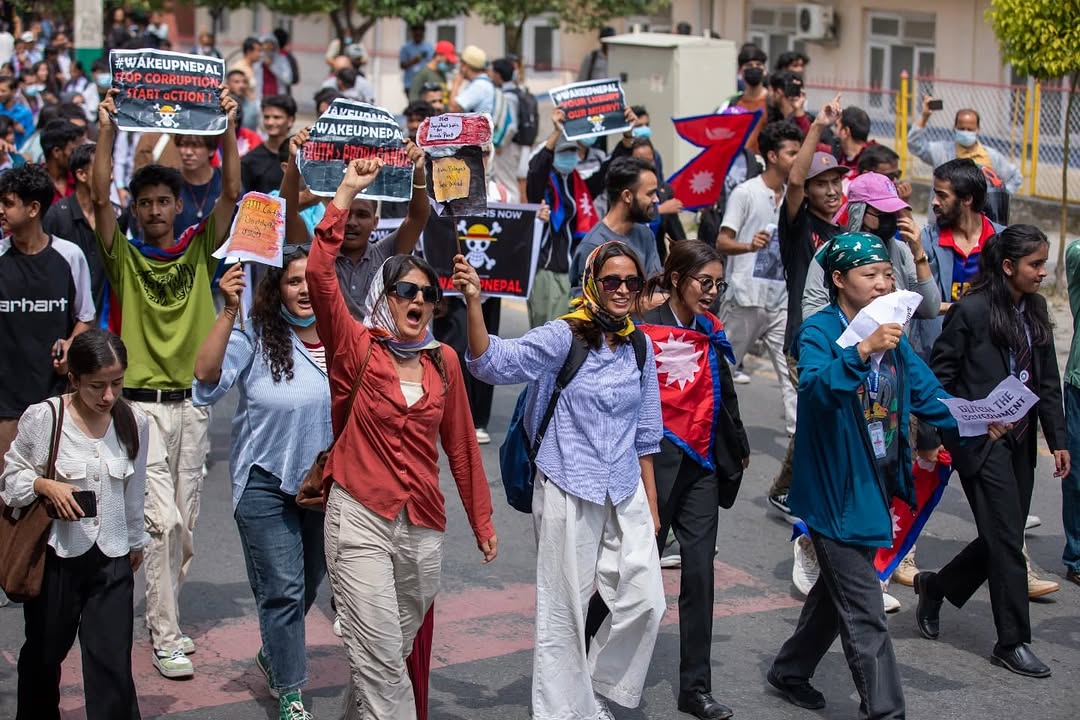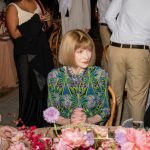Is Social Media Really Banned in Nepal? What the U-Turn Reveals
Nepal’s dramatic decision to block—and then swiftly restore—26 social media platforms has become one of the most striking examples of digital policy backlash in 2025. What was intended as a regulatory move quickly escalated into a nationwide crisis, revealing the enormous influence of social platforms on politics, business, and society.
The ban, which lasted just five days, triggered Gen Z-led protests that left at least 19 people dead, forced the government into retreat, and drew global scrutiny. Beyond the immediate chaos, it raises a deeper question: what happens when governments try to unplug digital lifelines in the modern economy?
How Long Did Nepal’s Social Media Ban Last?
The ban was introduced on September 4, 2025, after global platforms such as Facebook, Instagram, YouTube, WhatsApp, and X (formerly Twitter) failed to meet a new regulatory deadline to register in Nepal and appoint a local representative.
By September 9, 2025, following mounting protests and international condemnation, the restrictions were lifted. Five days was all it took for the government’s stance to unravel—proof of how fragile such bans can be in a hyperconnected society.
Public Outrage: Gen Z on the Frontlines
The most striking response came from Nepal’s youth. Thousands of students—many still in school uniforms—flooded the streets in Kathmandu and beyond. These “Gen Z protests” quickly escalated into violent clashes with security forces, leaving 19 dead and more than 100 injured.
For this generation, social media is not just entertainment. It is education, activism, identity, and livelihood. Cutting access to these platforms was perceived as silencing their voice. TikTok, which remained online after complying with local rules, became a key rallying tool—demonstrating how digital-native communities adapt quickly even in moments of crisis.
Which Platforms Were Banned—and Which Survived?
-
Blocked (later restored): Facebook, Instagram, WhatsApp, YouTube, X, LinkedIn, and others.
-
Never blocked: TikTok and Viber, which had already met government requirements.
This selective approach created an uneven digital landscape. Businesses dependent on Facebook ads or Instagram shops saw sales grind to a halt, while TikTok creators—and TikTok itself—suddenly gained even more cultural influence.
Why Businesses Should Pay Attention
The episode was not just a political story—it was an economic stress test:
-
Digital disruption: Small businesses, influencers, and e-commerce sellers lost their marketing and revenue streams overnight.
-
Investor confidence: Political instability tied to tech regulation sends negative signals to international investors considering Nepal.
-
Geopolitical ripple effects: Other governments in South Asia are watching closely, weighing similar regulatory frameworks.
This is why global brands like Meta and Google are now under pressure to negotiate compliance without surrendering too much control.
Related: Free Speech for All or None: What is the Danger of Selective Censorship?
The Ban That Backfired
Nepal’s failed social media ban revealed four crucial truths about the digital age:
-
Governments underestimate digital dependency – Social media is now infrastructure, as essential as electricity or transport.
-
Gen Z is a political force – Young people mobilize faster and louder through digital tools.
-
Selective bans empower competitors – TikTok gained ground simply by complying early.
-
Business continuity is fragile – Companies reliant on digital platforms need contingency strategies in volatile markets.
The question now is not whether Nepal will regulate again, but whether it can do so without sparking another digital rebellion led by the very generation it hopes to govern.
Is social media still banned in Nepal?
No. The government reversed the restrictions on September 9, 2025. Platforms are now back online, though new legislation could bring tighter controls in the future.
How long did the ban last?
Five days—from September 4 to September 9, 2025.
Was WhatsApp banned in Nepal?
Yes, briefly. WhatsApp was among the 26 apps blocked, but it has since been fully restored.
Was Instagram banned?
Yes, Instagram was inaccessible during the ban but is now back online.
Is TikTok still banned?
No. TikTok was never banned, as it complied with local requirements before the deadline. It even became a primary tool for protest coordination during the blackout.














